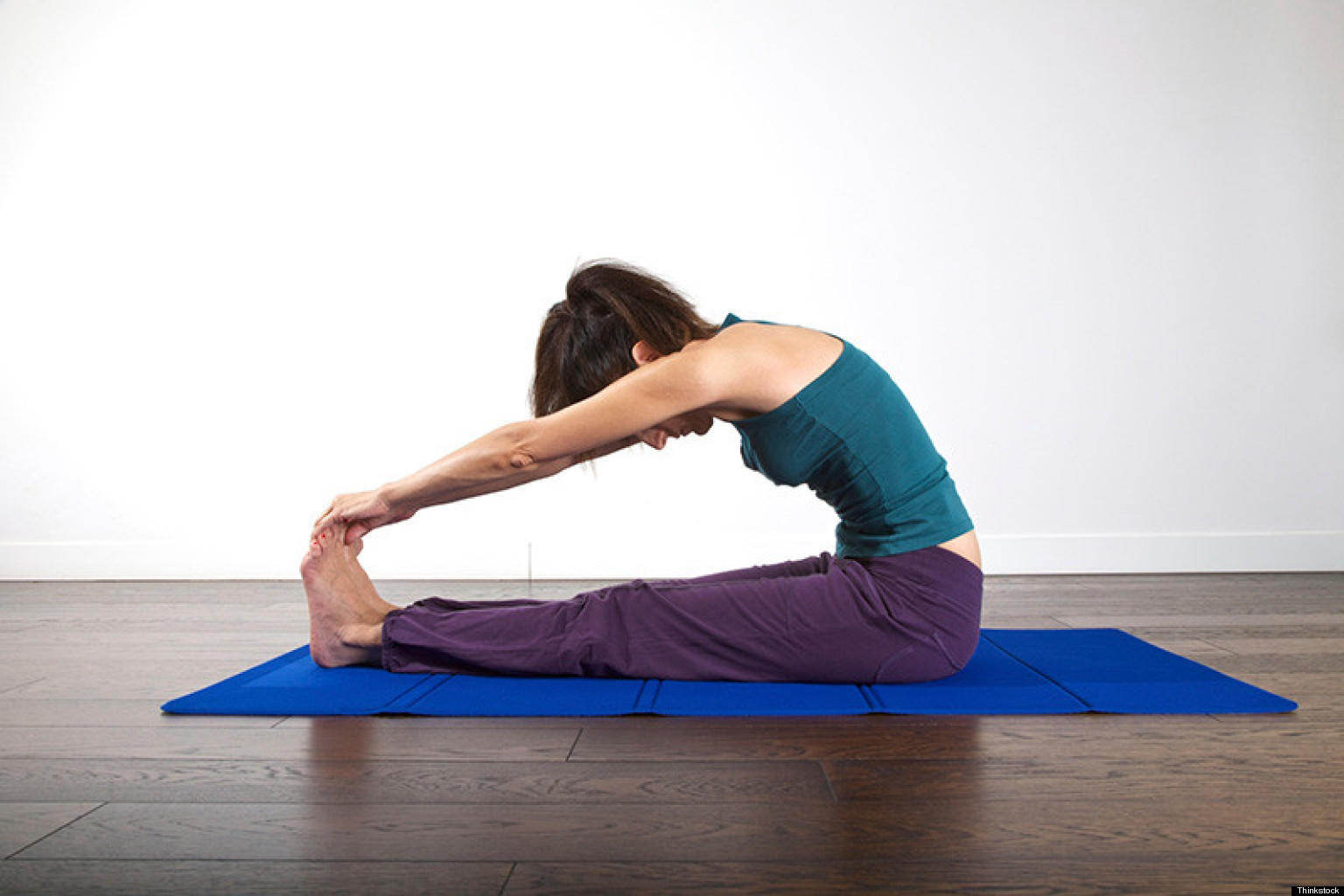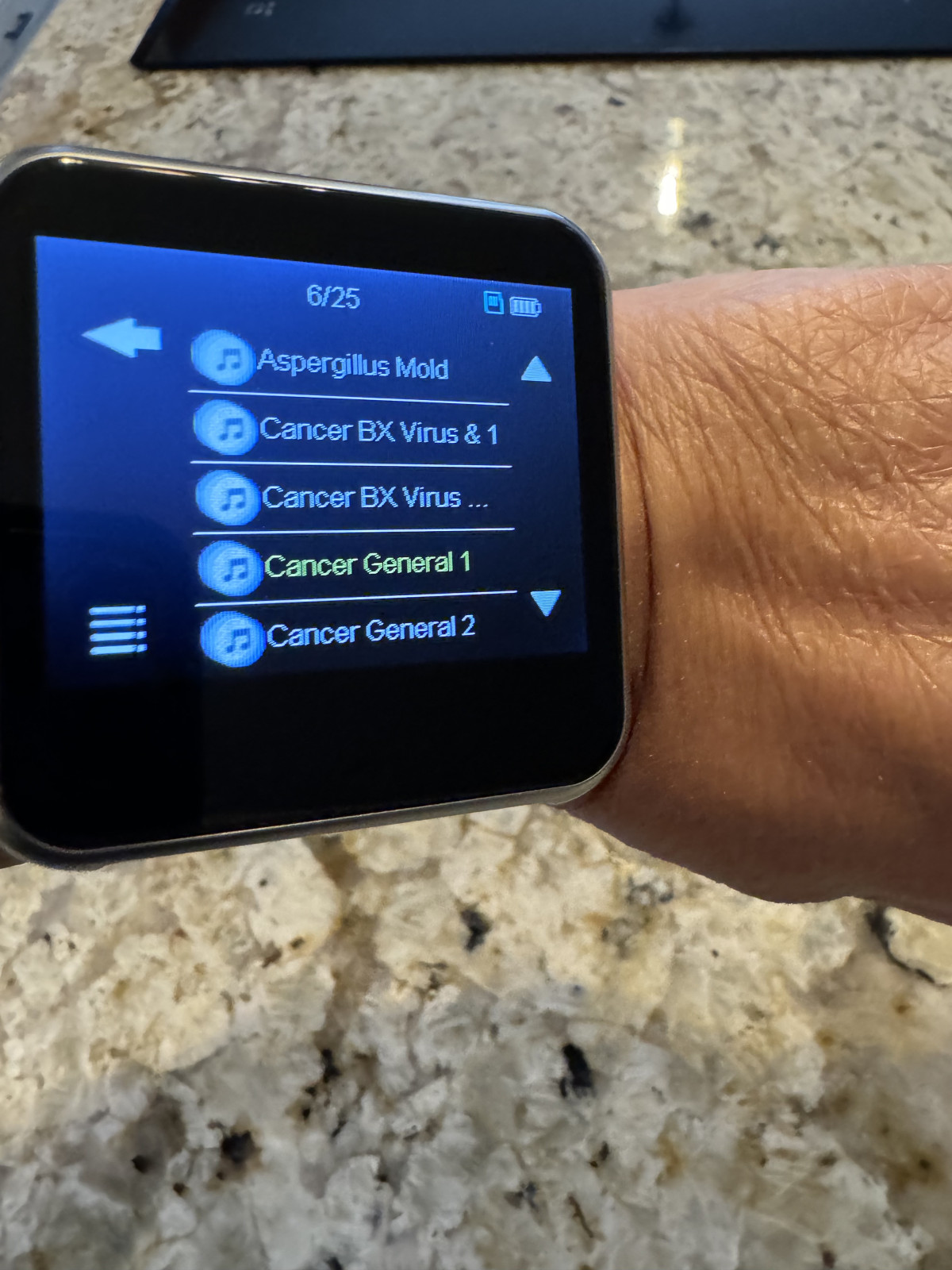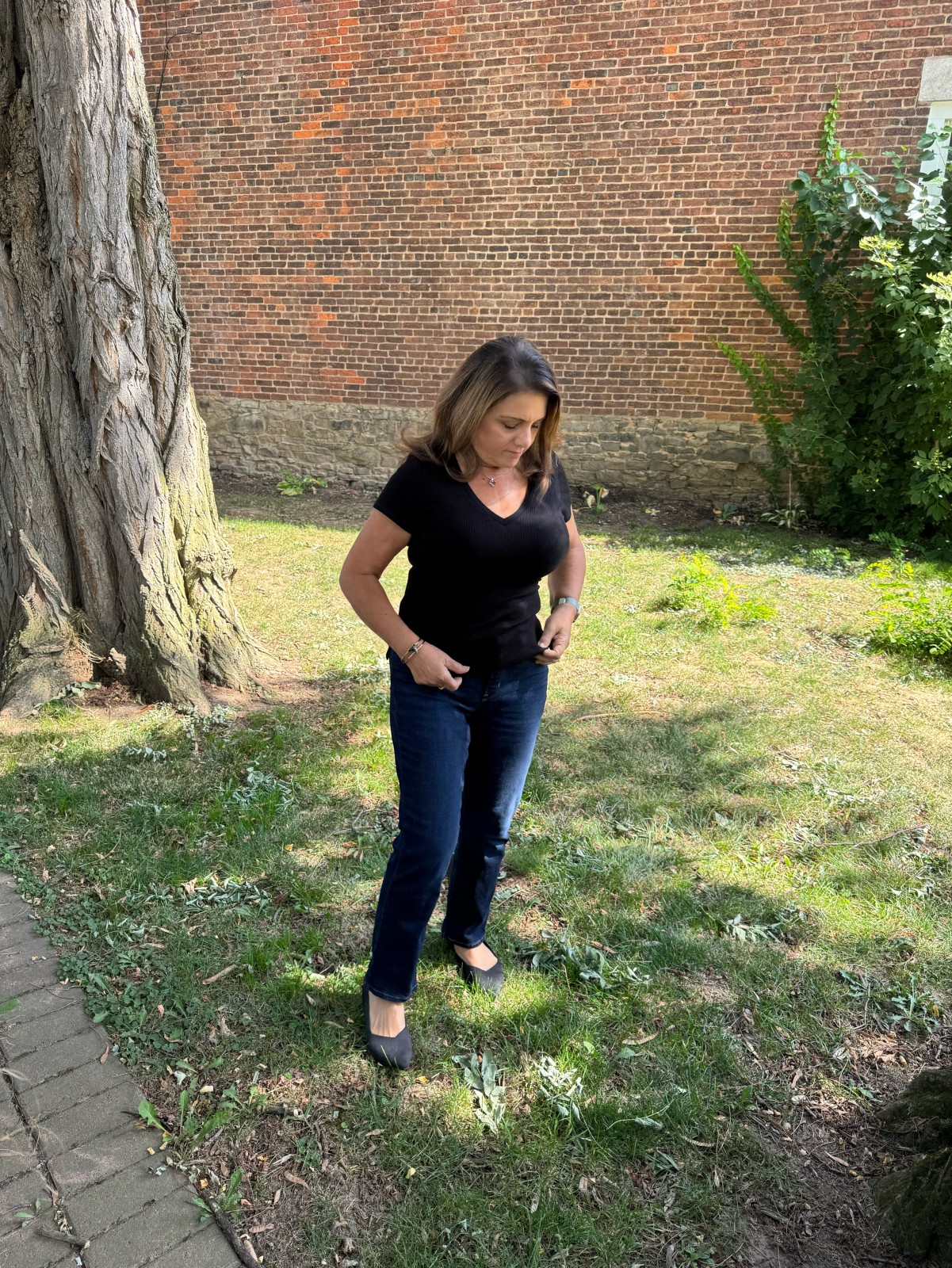
Finding Relief: The Holistic Approach to Headaches
Headaches can be incredibly frustrating and debilitating, especially for women over 45 who may already be dealing with other health issues. While there are many medications available to treat headaches, they often come with unwanted side effects and do not address the root cause of the problem. That's where a holistic approach comes in.
The holistic approach to headaches focuses on treating the whole person rather than just the symptoms. By addressing underlying issues such as stress, diet, and sleep habits, you can find relief from chronic headaches without relying on medication. In this blog post, we'll explore what the holistic approach to headaches entails and how it can help you find long-term relief.
- Addressing stress
Stress is a major trigger for headaches, so it's important to identify and address any sources of stress in your life. This might involve practicing relaxation techniques such as meditation or yoga, making time for self-care activities like taking a bath or going for a walk, or seeking support from a therapist or support group.
- Improving diet
Diet also plays a significant role in preventing headaches. Certain foods such as processed meats, cheese, and chocolate have been linked to migraines and should be avoided if possible. On the other hand, increasing your intake of nutrient-dense foods like fruits and vegetables can help reduce inflammation and prevent headaches
.
- Getting enough sleep
Sleep is essential for overall health and well-being, but it's also crucial for preventing headaches. Aim for 7-8 hours of sleep per night and establish a regular sleep routine that includes winding down before bed with relaxation techniques such as reading, listening to calming music or using a white noise sleep machine, I love the Hatch restore!
- Trying alternative therapies
There are many alternative therapies that can help alleviate headache symptoms without relying on medication. Acupuncture has been shown to be effective in reducing both the frequency and severity of headaches, while massage therapy can help relieve tension in the neck and shoulder muscles that may contribute to headaches.
- Staying hydrated
Dehydration is a common trigger for headaches, so it's important to stay hydrated throughout the day. Aim to drink I/2 of your body weight in ounces of water water per day and avoid sugary drinks or alcohol which can dehydrate you even further. I love this water bottle, it helps me get in all my water everyday.
Taking a holistic approach to headaches can help you find relief without relying on medication. By addressing underlying issues such as stress, diet, and sleep habits, you can prevent headaches from occurring in the first place. Incorporating alternative therapies such as acupuncture or massage therapy can also provide additional relief. Remember that everyone's journey to finding relief is unique, so be patient with yourself and don't hesitate to seek support from a healthcare professional or community group if needed.
Join our 'Healthy Living Beyond 40' community today, and unlock the secrets to thriving in your middle years with expert advice, supportive peers, and information on balancing hormones and actionable strategies for maintaining a healthy weight. Join the group here: https://bit.ly/48uQP0Z
Oh by the way, I have a program where we lose 7-15 pounds and reduce inflammation in just 11 days. Inflammation is one of the main reasons we get headaches! Grab the info here: https://bit.ly/42ecgBJ
#paidlinks
Disclaimer: The information in this article is for educational purposes only and should not be considered medical advice. Please consult with a healthcare professional before making any changes to your diet or lifestyle.
Aging Gracefully After 45: Essential Tips for Fitness, Diet, and Preventing Age-Related Health Issue

Aging Gracefully: Mastering Physical Health After 45
As we cross the milestone of 45, our bodies begin to write a new chapter in our health narrative. This period brings with it changes that can seem daunting, but with the right approach, it's entirely possible to maintain or even improve our physical fitness, embrace dietary practices that nourish and protect, and effectively manage or prevent age-related health issues. Let's explore how.
Maintaining or Improving Physical Fitness
1. Embrace Variety in Exercise: After 45, our bodies crave diversity in physical activity. Incorporate a mix of cardiovascular exercises, strength training, flexibility exercises, and balance workouts. This not only prevents boredom but also ensures all aspects of physical fitness are addressed. Activities like brisk walking, swimming, yoga, and light weightlifting can be especially beneficial.
2. Listen to Your Body: The importance of listening to your body's signals cannot be overstated. Rest when necessary, and avoid pushing through pain. Recovery times may be longer, making it essential to adjust your exercise intensity and duration accordingly.
3. Consistency is Key: Regular physical activity, even in shorter durations, can have profound effects on your health. Aim for at least 150 minutes of moderate aerobic activity or 75 minutes of vigorous activity each week, as recommended by health authorities.
Dietary Practices for Health and Weight Management
1. Nutrient-Dense Foods: Focus on a diet rich in fruits, vegetables, whole grains, lean proteins, and healthy fats. These foods provide the vitamins, minerals, and nutrients essential for maintaining energy levels, supporting cellular health, and managing weight.
2. Mindful Eating: Pay attention to hunger and fullness cues. Eating slowly and savoring your food can lead to better portion control and a more enjoyable eating experience.
3. Hydration: Water plays a critical role in every bodily function. Staying properly hydrated helps maintain energy levels, supports digestion, and can even aid in weight management. My favorite water bottle that helps me stay hydrated.
Managing or Preventing Age-Related Health Issues
1. Osteoporosis Prevention: Calcium and vitamin D are pivotal in maintaining bone health. Incorporate calcium-rich foods like dairy products, leafy green vegetables, and fortified foods into your diet, and consider vitamin D supplementation after consulting with a healthcare provider.
2. Heart Health: Reduce the intake of saturated fats, salt, and sugars. Opt for heart-healthy fats found in fish, avocados, nuts, and olive oil. Regular exercise and managing stress levels also play a significant role in preventing heart disease.
3. Regular Check-Ups: Regular health screenings can detect potential issues early. Blood pressure, cholesterol levels, bone density, and other tests should be part of your routine healthcare plan. I monitor my blood pressure at home with this monitor.
Aging after 45 is not about slowing down but adapting with intention. It's an opportunity to tune into our bodies and make mindful choices that support our physical health. By embracing a balanced approach to exercise, nourishing our bodies with the right foods, and staying vigilant about our health screenings, we can navigate the challenges and opportunities this chapter of life presents. Remember, aging gracefully is not just about adding years to your life, but life to your years.
Join our 'Healthy Living Beyond 40' community today, and unlock the secrets to thriving in your middle years with expert advice, supportive peers, and actionable strategies for balancing hormones and maintaining a healthy weight. Join the group here: https://bit.ly/48uQP0Z
Oh by the way, I have a program where we lose 7-15 pounds and reduce inflammation in just 11 days. Inflammation is one of the main reasons we get age related diseases! Grab the info here: https://bit.ly/42ecgBJ
Disclaimer: The information in this article is for educational purposes only and should not be considered medical advice. Please consult with a healthcare professional before making any changes to your diet or lifestyle.

The 3 Components of Holistic Health for Middle-Aged Women
As women over 40, we often find ourselves juggling multiple roles and responsibilities. Between work, family, and personal commitments, it can be challenging to prioritize our health and well-being. However, taking a holistic approach to wellness can help us achieve balance and live a more fulfilling life. In this blog post, we will discuss the components of holistic health and their potential benefits for middle-aged women.
- Mind-Body Connection
The mind-body connection is one of the essential components of holistic health. It emphasizes the importance of connecting with your body to promote overall physical and mental well-being. Practicing mindfulness meditation or yoga can help reduce stress levels, improve sleep quality, and enhance cognitive function. Additionally, cultivating a positive mindset can lead to better self-esteem and increased resilience.
- Nutrition
Nutrition plays a significant role in our overall health and well-being. A balanced diet rich in whole foods such as fruits, vegetables, whole grains, lean protein sources can provide essential nutrients that support optimal bodily function. Eating a balanced diet can also reduce inflammation levels in the body associated with chronic disease such as heart disease or diabetes.
- Movement
The third component of holistic health is movement; finding ways to move your body daily is essential for maintaining good physical health throughout midlife years. Regular exercise helps manage weight control while increasing muscle tone and strength while reducing inflammation levels in the body associated with chronic diseases such as heart disease or diabetes.
Potential Benefits for Middle-aged Women:
By incorporating these three components into your life consistently, you may experience many benefits such as improved mood stability; reduced stress levels; better sleep quality; enhanced cognitive function; weight management support; improved bone density; increased energy levels; decreased risk of chronic conditions like Type 2 Diabetes or heart disease.
Adopting a holistic approach to wellness can help middle-aged women achieve balance and live a more fulfilling life. By incorporating the three components of holistic health (mind-body connection, nutrition, and movement) into your daily routine, you can experience many benefits for your overall physical and mental well-being. Take small steps each day towards making positive changes in your lifestyle, and remember to be patient with yourself as you embark on this journey towards optimal health.
Oh by the way, I have a program where we lose 7-15 pounds and reduce inflammation in just 11 days.
Join our 'Healthy Living Beyond 40' community today, and unlock the secrets to thriving in your middle years with expert advice, supportive peers, and actionable strategies for balancing hormones and maintaining a healthy weight.
Get my free guide “Anti _Inflammatory Guide - foods to avoid, foods to enjoy!”
Disclaimer: The information in this article is for educational purposes only and should not be considered medical advice. Please consult with a healthcare professional before making any changes to your diet or lifestyle.

Hormones and Weight Gain: Navigating the Middle-Aged Changes
Middle age brings many changes; for many women it's a period of transformation. Not only does middle age impact lifestyle and perspective, but it also introduces significant hormonal variations that can seemingly tip the scales overnight. Understanding this dynamic and learning to adapt can be crucial for maintaining both mental and physical well-being.
Hormonal Fluctuations and Weight Gain
As women enter into their 40s and 50s, they often notice that maintaining their usual weight becomes more difficult. This is partly due to the hormonal imbalances that can accompany middle age, specifically related to estrogen, progesterone, and testosterone. These biochemical messengers play key roles in regulating metabolism and fat storage. A decline in estrogen during perimenopause and menopause can slow down metabolism and promote fat accumulation, especially around the midsection.
For women who are health-conscious and family-oriented, understanding these changes is vital. You may notice that despite your best efforts, your body responds differently to the same lifestyle you have maintained for years. It's not hopeless, though; there are a myriad of strategies that can be employed to counteract these frustrating hormonal fluctuations.
Strategies to Balance Hormones Naturally
A well-rounded approach to hormonal balance focuses on diet, exercise, stress management, and quality sleep, aspects familiar to those who value a holistic pathway to health.
Healthy Diet and Nutrition
Consuming a balanced diet rich in whole foods is the cornerstone of hormonal health. Focusing on fiber, lean protein, healthy fats, and plenty of fruits and vegetables can aid in maintaining a healthy weight and providing the nutrients needed to regulate hormones. Also, minimizing processed foods, sugar, and caffeine can have positive impacts on hormonal balance.
Regular Exercise
Physical activity is not just about burning calories; it's about regulating hormonal health. Women who might have an affinity for yoga or hiking, should also include strength training to maintain muscle mass, which can otherwise decline with age.
Stress Management
The hormone cortisol, which is released in response to stress, can lead to weight gain if levels are consistently high. Stress-reducing practices like mindfulness, meditation, and breathing exercises prove beneficial for emotional well-being while offsetting cortisol's effects.
Quality Sleep
Inadequate sleep can wreak havoc on hormones, particularly those related to hunger and metabolism. It is vital to establish a regular sleep pattern and create an environment conducive to rest. I started using a side sleep pillow and it has made an incredible difference for me. If you want to grab it you can get it here.
Supportive Supplements and Herbs
For those who prefer natural remedies, you may find relief in certain supplements and herbs known to support hormonal balance. Maca root, black cohosh, and evening primrose oil are popular options that have been used for centuries to support women's health. I found a natural supplement, from a source that I trust, that really helped me during that time of my life. If you'd like to check it out I have more information available here.
However, it's always wise to discuss any supplementation with a healthcare provider, especially considering the complex nature of hormonal interactions within the body.
Seeking Professional Guidance
It is essential to understand that while lifestyle adjustments are powerful, sometimes they need support from medical professionals. Endocrinologists, gynecologists, and nutritionists can provide tailored advice. For some, hormone replacement therapy or other medical interventions may be an appropriate avenue to explore.
Professionals can also help address other challenges, including pain relief solutions, which can empower you to maintain an active lifestyle free from discomfort.
Women in their middle years need to acknowledge and adapt to the intrinsic changes of this life stage. Hormone balance is a critical element for maintaining overall health, weight, and vitality. It's a period that demands attention to the intimately connected aspects of diet, exercise, and emotional self-care.
We encourage you to prioritize yourself in this journey, validating your efforts and adapting as necessary to thrive during these years of change.
Remember, while the scales might not always reflect your efforts, your body appreciates every step towards balance and health. Keep pushing forward, one holistic step at a time.
Join our 'Healthy Living Beyond 40' community today, and unlock the secrets to thriving in your middle years with expert advice, supportive peers, and actionable strategies for balancing hormones and maintaining a healthy weight.
Oh by the way, I have a program where we lose 7-15 pounds and reduce inflammation in just 11 days. Grab the info here!
#paidlinks
Disclaimer: The information in this article is for educational purposes only and should not be considered medical advice. Please consult with a healthcare professional before making any changes to your diet or lifestyle.

Frequency Therapy: Understanding How and Why It Works
In the realm of wellness and personal health, age-old techniques merge with cutting-edge technology to evolve practices like frequency therapy—a method that's capturing the attention of health enthusiasts and holistic practitioners alike. For those of us who are at the stage in life where wellbeing is a priority and balance is key, frequency therapy might just be the ray of hope on the horizon.
Introduction
Imagine a therapy that synchronizes with the natural rhythms of your body to foster healing and promote vitality—this is the essence of frequency therapy. Amidst the buzzing interest in alternative medicine, this therapy stands out, offering a blend of innovation and tradition perfect for the tech-savvy wellness seeker and the holistic health devotee alike.
What is Frequency Therapy?
Frequency therapy is grounded in the principle that every cell, organ, and bodily system has its own unique vibrational frequency. When these frequencies are out of sync due to stress, illness, or environmental factors, it can impact our overall health. Frequency therapy aims to rebalance these energies to support the body's natural healing processes.
How Does Frequency Therapy Work?
This therapy utilizes electromagnetic fields and sound waves to correct imbalances. Non-invasive devices emit frequencies that resonate with the body's cells, promoting recovery and energy flow. It's like tuning a piano to ensure each note strikes harmony, a concept that would undoubtedly resonate with someone who understands the importance of maintaining harmony in body and mind, especially as she navigates the changes brought by time.
Benefits of Frequency Therapy
The potential benefits of frequency therapy span far-reaching aspects of health. You may find relief from chronic pain and inflammation, challenges that can hamper an active lifestyle. Additionally, frequency therapy is believed to aid in stress reduction and improve mental health, providing a bastion of tranquility amidst the daily balancing act of professional and family life.
Physical Health Benefits
- Supports weight management
- Aids in pain relief and inflammation reduction
- Promotes improved sleep quality
Mental Health Benefits
- Reduces stress and anxiety levels
- Enhances focus and mental clarity
- Supports emotional well-being
Improved Overall Well-being
- Boosts energy levels
- Encourages a holistic approach to health
- Fosters a deeper connection between mind and body
Different Types of Frequency Therapy
From sound baths that offer serene auditory healing to high-tech devices for at-home use, the world of frequency therapy has something for every inclination. You might find appeal in a wearable device, like the one that I have, that brings healing frequencies into my daily routine, offering respite from discomfort while I'm on the move or a structured device that you can use during your cherished moments of solitude.
Case Studies and Success Stories
Real-life examples abound. Consider the account of a woman in her mid-fifties, who found relief from her joint pain through frequency therapy, which allowed her to rediscover the joy of hiking trails that she had almost given up due to discomfort. Or my own story of putting the WavWatch on my husband because he was suffering with a cough, it stopped his chronic coughing nearly immediately. These narratives serve not just as testimonials but as beacons of hope for anyone exploring this modality.
Considerations and Precautions
While frequency therapy bears promise, it's essential to approach it with prudence. Consulting with a healthcare professional, researching accredited devices, and starting with a conservative approach are all sage steps to ensure the journey with frequency therapy is both safe and rewarding.
Conclusion
For persons seeking a harmonious and proactive approach to health, frequency therapy stands as a testament to the innovation within alternative medicine. It's a pathway aligning tradition with technology, one that can gracefully complement their active and family-centric lifestyles. As each individual is unique, so too should be their journey towards wellness. Frequency therapy might just be a powerful new chapter in that journey.
Embark on your own quest for harmonious health. Explore frequency therapy and feel the symphony of life resonate through every cell. Discover More about how this therapy can support your wellness goals.
Remember that each step towards understanding and embracing new dimensions of health is a milestone in the enriching narrative of your life. Share your stories, join our community, and together, let's resonate with health and vitality.
Are you curious about the healing potential of frequency therapy? Join the conversation and share your experiences in the comments below. If you’re just beginning on your wellness journey, we welcome you to our supportive community where we navigate the wonders of health, healing, and longevity together.
Oh by the way, I have and love the WavWatch, it's what I use for my frequency therapy. I have a discount code for $100 off.
Just grab it here and use my code: MARIA100SAVE
Disclaimer: The information in this article is for educational purposes only and should not be considered medical advice. Please consult with a healthcare professional before making any changes to your diet or lifestyle.












